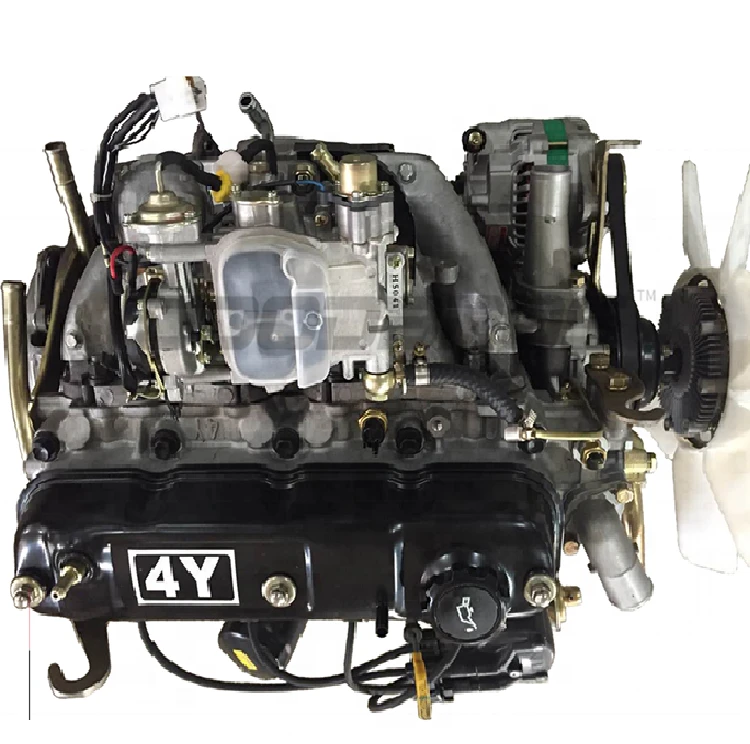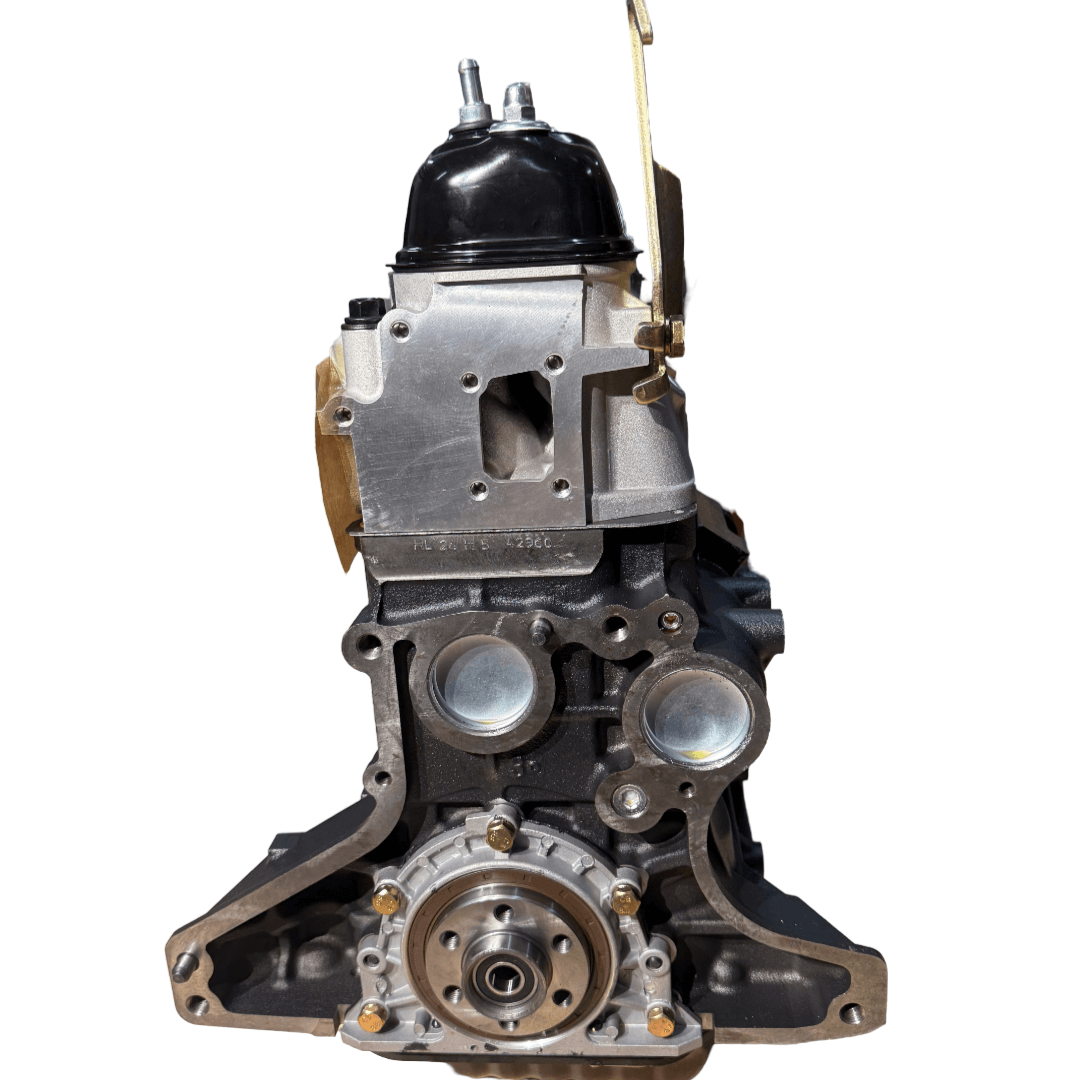The Ultimate Overview to the Engine: Trick Insights for Every Vehicle Fanatic
Understanding the engine is essential for any automotive lover, as it works as the heart of the vehicle and determines its efficiency. This guide offers an extensive examination of engine makeup, kinds, and the auto mechanics behind their procedure, consisting of the ingenious technologies that are improving the auto landscape. Additionally, it underscores the critical nature of upkeep techniques that can substantially affect an engine's lifespan. Nevertheless, the intricacies of engine characteristics and the current advancements in innovation present inquiries that warrant more expedition. What might these understandings disclose regarding the future of vehicle engineering?
Makeup of an Engine
Recognizing the composition of an engine is critical for any cars and truck enthusiast seeking to dive deeper into automotive mechanics. An internal combustion engine mostly includes several vital parts that work in unison to convert fuel into mechanical power.
At the heart of this system exists the cylinder block, which houses the cyndrical tubes where combustion takes place. Piston movement within these cylinders is promoted by the crankshaft, which converts linear activity into rotational energy. Additionally, the camshaft plays a crucial duty in managing the opening and closing of the engine's shutoffs, making certain proper air-fuel mixture intake and exhaust gas expulsion.
Other crucial components consist of the fuel system, which supplies the engine with the required fuel, and the ignition system, in charge of initiating burning - 4y engine. The air conditioning and lubrication systems are additionally indispensable, preserving optimal operating temperatures and reducing friction, specifically
Engine Types and Configurations
A varied variety of engine kinds and configurations exists, each offering special advantages and disadvantages customized to different driving requirements and preferences. One of the most common engine types include inline, V, flat, and rotary arrangements.
Inline engines, featuring cyndrical tubes set up in a single line, are recognized for their simpleness and efficiency. They are commonly discovered in small vehicles, supplying a balance of power and economic climate. V engines, defined by their two banks of cyndrical tubes organized in a V form, give greater performance and smoother operation, making them preferred in sports and luxury automobiles.
Flat engines, or fighter engines, have horizontally opposed cylinders, which add to a reduced center of mass, enhancing car stability. These are frequently seen in brand names like Subaru and Porsche.
Rotary engines, although less common, utilize an one-of-a-kind design with a triangular blades and deal high power-to-weight ratios. They stand out in small and light-weight applications, primarily seen in Mazda cars.
Each engine type serves specific performance qualities, weight circulations, and fuel performances, ensuring that vehicle fanatics can select the appropriate engine configuration to match their driving design and automobile demands.

Just How Engines Work
Engines, no matter their type or setup, run on fundamental principles that control their efficiency and effectiveness. At their core, engines transform fuel into mechanical energy via a collection of controlled explosions or compressions. This procedure generally entails four major strokes: intake, exhaust, compression, and power.
During the consumption stroke, the engine draws in a mixture of air and gas. In the power stroke, a spark ignites the pressed mix (in gas engines) or the combination stirs up automatically (in diesel engines), resulting in a rapid expansion of gases that presses the piston down.
The performance of an engine is affected by various aspects, including the style of the burning chamber, the kind of gas used, and the accuracy of the engine's parts. Recognizing these basic principles is critical for cars internet and truck lovers that seek to appreciate the intricate mechanics behind their cars, as well as for those aiming to enhance performance with modifications and tuning.
Advancements in Engine Technology
Recently, improvements in engine technology have substantially changed the automotive landscape, boosting both performance and environmental sustainability. Among one of the most noteworthy advancements is the advancement of turbocharging and supercharging, which permits smaller sized engines to generate greater power outcomes without sacrificing gas effectiveness. This has actually resulted in a surge in the appeal of downsized engines, providing producers with the capacity to fulfill strict emissions laws while keeping efficiency criteria.
Additionally, hybrid and electric powertrains are reshaping the engine standard. Crossbreed systems integrate read the full info here inner combustion engines with electric motors, enhancing gas usage and lowering emissions. Fully electric cars (EVs) remove the combustion engine completely, depending on sophisticated battery innovation to supply instant torque and remarkable acceleration.
In addition, the combination of synthetic knowledge and artificial intelligence in engine monitoring systems permits for real-time optimization of performance specifications, improving effectiveness and responsiveness. Innovations such as variable valve timing and direct fuel shot further improve burning procedures, taking full advantage of power output while decreasing waste.
As the auto sector remains to develop, these advancements in engine modern technology will certainly play a critical role fit the future of flexibility, prioritizing both efficiency and sustainability.
Maintenance Tips for Lovers
Preserving an engine is as important as the innovations that improve its performance. Routine upkeep not just extends the life of your engine but also makes sure optimum efficiency. Beginning with routine oil changes, adhering to the producer's referrals for oil kind and adjustment periods. Clean oil lubes engine elements properly, protecting against wear and tear.
Replace and check air filters occasionally to ensure correct air flow, which is vital for burning efficiency. A stopped up air filter more tips here can cause decreased efficiency and increased gas intake. Check the coolant degrees to protect against overheating, and change coolant according to the service schedule. 4y engine.

Conclusion
In conclusion, a complete understanding of engine makeup, kinds, and technicians is important for auto enthusiasts. The exploration of technologies such as turbocharging and crossbreed systems highlights the advancements in performance and efficiency. Furthermore, routine upkeep techniques, consisting of oil changes and air filter checks, are critical for ensuring optimal engine functionality and durability. Proficiency of these concepts fosters a much deeper recognition for engine characteristics and enhances the overall driving experience.

Engines, no matter of their kind or setup, operate on fundamental concepts that regulate their performance and efficiency. In the power stroke, a trigger stirs up the compressed blend (in gas engines) or the combination fires up automatically (in diesel engines), resulting in a quick growth of gases that pushes the piston down.In current years, innovations in engine innovation have actually significantly changed the auto landscape, enhancing both performance and ecological sustainability.